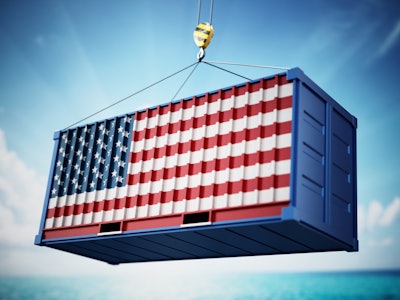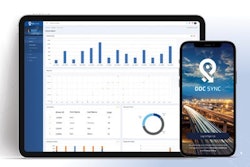
U.S. supply chain activity finished Q4 within touching distance of pre-pandemic forecasts, as global transaction volumes between buyers and suppliers showed increasing signs of stabilizing, according to new data from Tradeshift. But, signs of a protracted slowdown across Chinese supply chains suggest further disruption could lie ahead.
“We saw a massive spike in orders in the second quarter of 2021 and that should have triggered a glut of invoices from suppliers at the end of the year,” says Christian Lanng, co-founder and CEO of Tradeshift. “We’re seeing some early signs that the pressure on supply chains is starting to ease, but if invoice volumes continue to follow the current trajectory, then it could be at least a year before we see order backlogs fully subside.”
From Tradeshift:
- According to Tradeshift’s Q4 2021 Index of Global Trade Health, the recovery in activity across U.S. supply chains continues to track at a significantly higher level than the rest of the world. Momentum dipped slightly in Q4, falling one point compared to the previous quarter, but an index score of 97 (against a baseline of 100) for the period means the cumulative growth in activity since the pandemic sits just 3 points below the pre-pandemic forecast.
- Spiking cases of the Omicron variant tempered the overall momentum across global supply chains, but the impact has been generally far less severe than during previous waves.
- Global order volumes appeared to stabilize, dropping 0.5 points in Q4 after a series of wild peaks and troughs in activity during previous quarters.
- In China, however, COVID-19 prevention measures and softening local demand triggered a 10-point fall in transaction volumes against the forecast range.
“China’s decisive action early on in the pandemic enabled local supply chains to get back up and running before the end of the world, but the same strict policies now seem to be having the opposite effect,” says Lanng. “A spate of lockdowns in key industrial regions across China could trigger more shortages of crucial manufacturing components and extended order backlogs in international markets.”


















